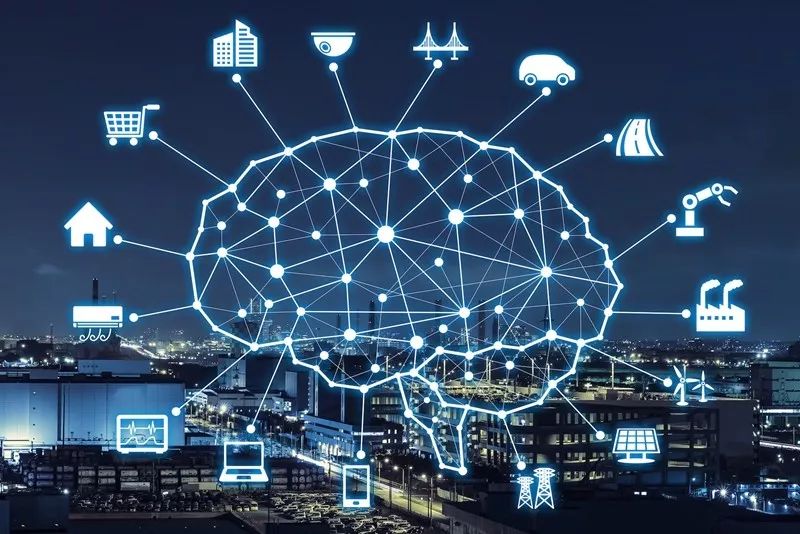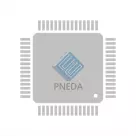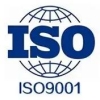How will emerging technologies drive the future of embedded iot connectivity?

Automation is forcing every industry to adopt smart sensors and devices that can map analog data into digital form to better monitor and control real-world parameters. Because these devices are inherently embedded. They are connected to the Internet, and the data generated by these smart devices can be easily accessed globally. Organizations use this data to gain valuable insights into processes and make modifications to achieve maximum efficiency and profit.
Recent technological advances have made these embedded Internet of Things (IoT) devices more accessible. Many technologies such as 5G, machine learning, edge computing, faster and more efficient processors, and low-power wide-area networks (LPWAN) are driving the future of embedded iot connectivity. These technologies enable these smart devices to be used in a wide range of industries, including gaming, defense, healthcare, manufacturing, and supply chain.
5G for embedded iot
The introduction of 5G technology has revolutionized the way we access data, media and communications. In addition to offering higher speeds and lower latency than its predecessor (4G LTE), 5G also offers more reliable connections for both fixed and roaming devices. This makes it an ideal solution for mission-critical embedded iot applications. With download speeds up to 10 times faster than 4G LTE networks, 5G could facilitate near-real-time communication between sensors or machines connected over long distances with minimal latency. This increases the efficiency of data transmission while reducing the possibility of errors due to transmission delays. In addition, these faster response times support new use cases, such as autonomous car navigation, which requires rapid response from connected systems to ensure road safety.
In addition to improving speed and responsiveness, 5G enhances the security of embedded iot applications, as its complex network architecture enables strong encryption protocols for all levels of data transmission, including device-to-device communication and cloud/edge computing deployments. While public 5G networks may become congested over time as the number of users increases, 5G private networks are non-public mobile networks that can use licensed, unlicensed or shared spectrum.
The 5G private network can be deployed according to enterprise requirements, ensuring sub-millisecond latency and 99.9999% reliability. Real-time processing of data at the edge forms the basis of Industry 4.0, and 5G private networks can facilitate this. The higher level of security offered by 5G private networks also provides connected devices with enhanced security against external attackers. The increase in 5G network bandwidth is also enabling a greater number of embedded iot devices on the same network, which helps businesses create a unified platform that allows them to gather real-time insights from all departments while managing quality control processes - enabling them to quickly identify issues or trends in their production lines. This type of solution is useful for monitoring highly decentralized environments, such as factory floors where different rules and regulations for employees must always be closely followed.
Edge computing for embedded iot
In a typical embedded iot based setup, sensors are at the edge of remote locations such as farmland or factory floors. The data generated by these sensors is then sent to a central cloud, where it is processed by humans or machine learning algorithms and insights are drawn from it. Based on these insights, process improvements are made on the shop floor. This full cycle takes up a lot of valuable time and can be costly in the case of mission-critical applications. This is where edge computing comes into play. Edge devices can be thought of as smart devices with enough storage and computing power to make low-latency decisions and process data in milliseconds.
The data collected from the edge sensor is either transmitted to a centralized data center, to a localized edge data center, or collected and processed near the edge sensor/actuator itself. In either case, value must be extracted from it. This data is fed into algorithms to identify patterns and provide insights into the process. For example, industry performs regular maintenance on its machines to maintain maximum uptime and minimize breakdowns. However, this preventative maintenance program, which is carried out by industry, is no longer effective because it fails to identify core issues related to the machine and sometimes leads to overspending due to unnecessary maintenance procedures. Edge embedded iot devices monitor real-time status and process data to spot any deviations from normal operations. ML algorithms hosted at the edge can predict failures before they occur and enable engineers to perform predictive maintenance in place of preventive maintenance.
Edge embedded iot systems can find many future applications in a wide range of industries. The smart home is one such application where these smart iot devices can be deployed at the edge for real-time monitoring and metering to obtain automated and accurate readings of different meters, obtaining the corresponding bill of expenses without delay. Edge computing also enhances healthcare iot applications, enabling end users to monitor and respond to health-related data generated by a variety of servers.
The introduction of different architectures utilizing cloud, fog and edge computing has enabled practitioners to benefit from the collaborative computing paradigm. Edge-embedded sensors are also being used for smart energy management to automatically monitor consumption and distribution patterns. This facilitates efficient load scheduling and dynamic response to failures.
Conclusion
While there are many such technologies that have contributed to the development of embedded iot, this article covers two of the most influential technologies that have played an important role in its development. While 5G networks promise faster, more reliable, and more secure data transfers, edge computing makes these embedded iot sensors even more powerful, enabling them to make mission-critical decisions on their own.
Die Produkte, an denen Sie interessiert sein könnten
 |
1188 | SWITCH PUSHBUTTON SPST-NO GRN | 563 More on Order |
 |
4188 | GREEN LED ILLUMINATED TRIANGLE P | 6552 More on Order |
 |
3489 | SWITCH PUSH SPST-NO RED 10MA 5V | 6756 More on Order |
 |
166 | ROUND FORCE-SENSITIVE RESISTOR | 4320 More on Order |
 |
4058 | SENSOR OPTICAL 5-4000CM I2C/PWM | 5616 More on Order |
 |
189 | PIR (MOTION) SENSOR | 7092 More on Order |
 |
981 | MAXSONAR RANGEFINDER LV-EZ3 | 6624 More on Order |
 |
642 | HIGH TEMP WATERPROOF DS18B20 DIG | 6756 More on Order |
 |
952 | WIRE EL FLOW EFFECT INV GREEN 2M | 8820 More on Order |
 |
631 | STARTER PK EL STRIP 100CM RED | 3469 More on Order |
 |
583 | WIRE STARTER PK EL BLU 2.5M-8.2' | 6390 More on Order |
 |
2837 | ADDRESS LED STRIP SERIAL RGBW 4M | 2052 More on Order |
 |
2040 | ADDRESS LED MATRIX I2C BLUE | 8748 More on Order |
 |
2036 | ADDRESS LED MATRIX I2C YLW-GRN | 5094 More on Order |
 |
2037 | ADDRESS LED MATRIX I2C RED | 5220 More on Order |
 |
683 | 36MM SQUARE 12V DIGITAL RGB LED | 7614 More on Order |
 |
2437 | ADDRESS LED STRIP WARM WHITE 1M | 5112 More on Order |
 |
3587 | ADDRESS LED DISCR SER RGB 100PK | 8820 More on Order |
 |
3444 | ADDRESS LED MATRIX SERIAL RGB | 8352 More on Order |
 |
1312 | ADDRESS LED MODULE SERIAL RGB | 8460 More on Order |
 |
2761 | ADDRESS LED DISCR SER RGBW 1=10 | 7284 More on Order |
 |
1813 | 10 SEGMENT LIGHT BAR AMBER | 7578 More on Order |
 |
302 | DIFFUSED RGB 5MM LED (25 PACK) | 7110 More on Order |
 |
1821 | 1.2 8X8 MATRIX SQUARE PIXEL - WH | 5004 More on Order |









